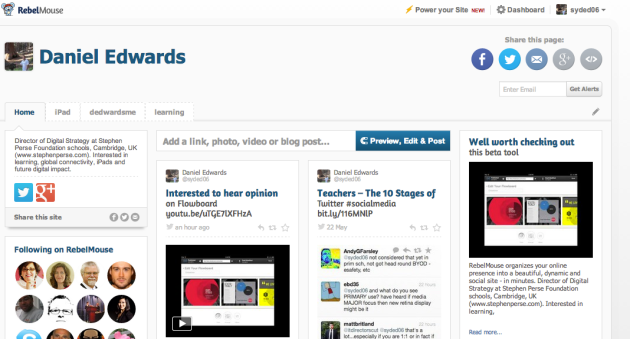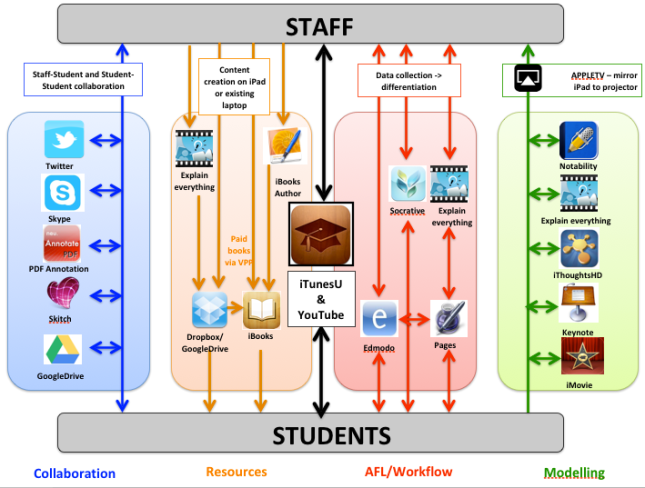John B. King Jr. settled into the rocking chair before a group of cross-legged kindergartners and fielded a question from a little boy.
“Wait, are you a president?” the boy asked the grown-up in the gray suit, who had been escorted into their small classroom at JoAnn Leleck Elementary School in Silver Spring, Md., by an army of photographers, cameramen, reporters, and assorted school and county officials.
“No, but I work for the president,” King said with a smile. “He’s very nice.”
King is the nation’s acting education secretary, replacing Arne Duncan, who relinquished the job last week after seven years as one of the most influential policymakers for the country’s 100,000 public K-12 schools.
King, who turned 41 Tuesday, will retain the “acting” modifier for the rest of President Obama’s time in office. He has not been nominated by the president, and he will not undergo the confirmation process required of Cabinet-level officers under the Constitution.
 Acting Education Secretary John King, Jr., chats with students during a visit to JoAnn Leleck Elementary School. (Bill O’Leary/The Washington Post)
Acting Education Secretary John King, Jr., chats with students during a visit to JoAnn Leleck Elementary School. (Bill O’Leary/The Washington Post)“Decisions around nominations are decisions for the president to make,” King said when asked whether his “acting” status will make it more difficult for him to execute his duties. “I will say the authorities of the acting secretary are the same as authorities of the secretary.”
Republican congressional leaders in the Senate and the House say they want King to undergo the vetting process.
“I personally recommended to President Obama in December that he nominate a secretary of education and that, if he did, our education committee would consider him or her in January and that — barring some sort of ethical lapse found in the confirmation process — I would work to confirm that nominee before the end of the month,” said Sen. Lamar Alexander (R-Tenn.), chairman of the Senate education panel and an education secretary under President George H.W. Bush.
“For proper accountability, especially as we work with the administration on implementing the new law governing elementary and secondary education, it is important to have in charge of the department a member of the president’s Cabinet confirmed by the U.S. Senate,” Alexander said.
Congress overwhelmingly passed an overhaul of federal education policy last month that significantly dials back the federal role in local schools, shifting greater authority to state and local officials.
But the Education Department must craft regulations to implement the law, and tensions already are growing between officials who want to embed Obama administration policies into new regulations and critics in Congress who want to limit the administration’s influence.
Rep. John Kline (R-Minn.), chairman of the House Committee on Education and the Workforce, said he plans to conduct “robust oversight to ensure the conservative reforms in the law are properly implemented,” according to a spokeswoman. Kline also has called for Obama to formally nominate King.
Alexander plans at least three oversight hearings on how the Obama administration carries out the new law.
Asked Tuesday whether the president intends to nominate King, press secretary Josh Earnest said the administration doubts that King would get a fair hearing from “a stridently partisan Republican majority in the U.S. Senate.”
It would be better if the leader of a 4,200-employee federal agency were not “acting,” Earnest said. “When you’re in charge of an organization as large as the department, it is helpful, and you can be more effective, if it is quite clear that you’ve earned the approval of a bipartisan majority of the U.S. Senate,” he said.
Federal law allows an “acting” Cabinet secretary for no longer than 210 days. In King’s case, that deadline would be July 29. But there are ways for the administration to get around that, experts say.
King has a compelling life story but a complex recent professional history. The son of New York City educators, King was orphaned by age 12. He credits his public school teachers with saving his life and setting him on a path that led to degrees from Harvard, Yale and Columbia. He founded a high-achieving charter school in Boston and in 2011 became the first African American and Puerto Rican to serve as New York state education commissioner.
But in New York, he oversaw a rocky rollout of both the Common Core academic standards in math and reading as well as a teacher evaluation system tied to new tests based on those standards.
Critics said the state rushed the rollout, without properly training teachers and then holding them accountable for the new standards before local districts had completed new curriculums and classroom materials. Scores from the new tests were used as an element of a controversial evaluation system that affected personnel and salary decisions for some teachers. More than a third of principals in the state signed a letter protesting the new system, saying it was unfair to educators and created an unhealthy focus on test scores. They were joined by thousands of parents, teachers and administrators.
King scheduled a series of public meetings across the state in 2013 to try to quell the growing pushback, but they quickly dissolved into heckling sessions commandeered by irate parents.
Gov. Andrew M. Cuomo (D) called the state’s handling of the Common Core standards “deeply flawed” and convened a task force that called for a “total reboot,” recommending that teachers not be judged on test scores until 2019.
King joined the Obama administration last year as “senior advisor delegated duties of deputy secretary of education” and was identified as Duncan’s successor in October.
One immediate dilemma for King: About 20 percent of students in New York — one in five — refused to take the state’s Common Core tests last spring in protest. Federal law requires that states test 95 percent of their students in math and reading. As acting education secretary, King will have to decide whether to penalize New York for missing that mark.
At Leleck Elementary, the children listened attentively as King read“Snowmen at Night” and, prompted by their teacher, wished their visitor a happy birthday. When King invited the class to guess his age, the 5-year-olds sized up the bearded, bespectacled King and shouted out estimates: “Thirteen?’ one boy asked. “Thirty?” another tried.
“I’m 41,” King told them. “But I feel young.”
David Nakamura contributed to this report.






